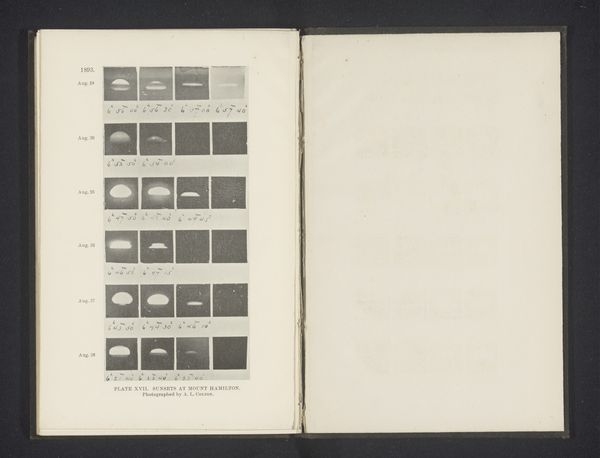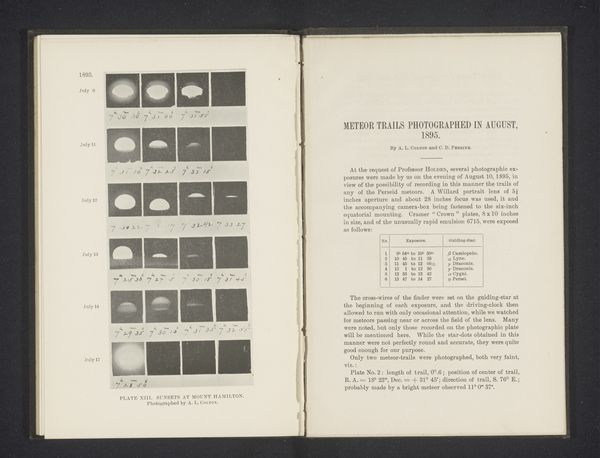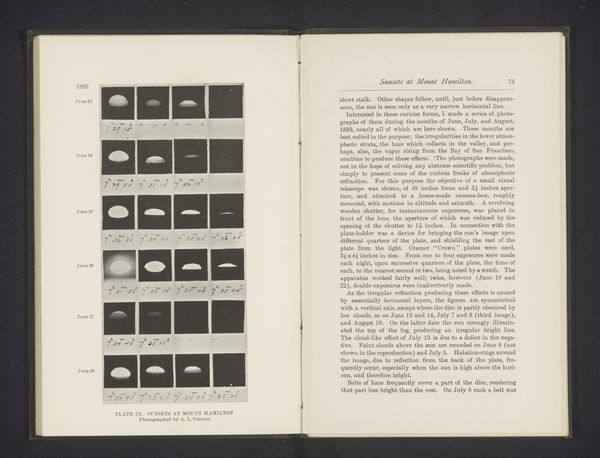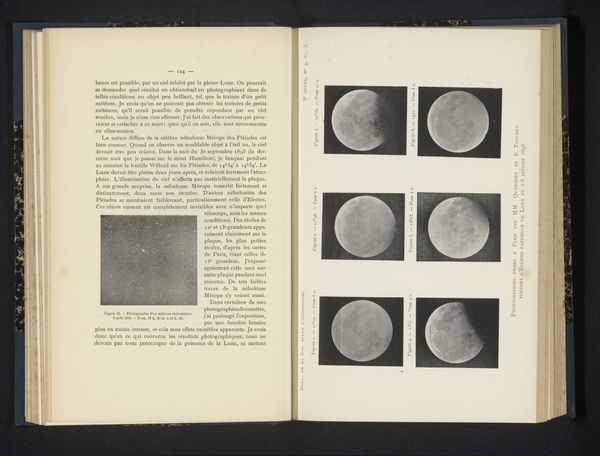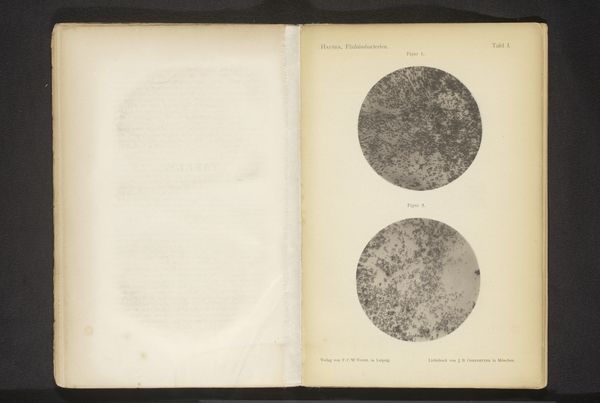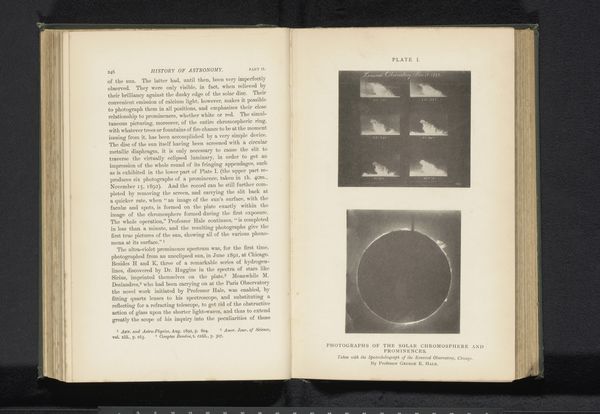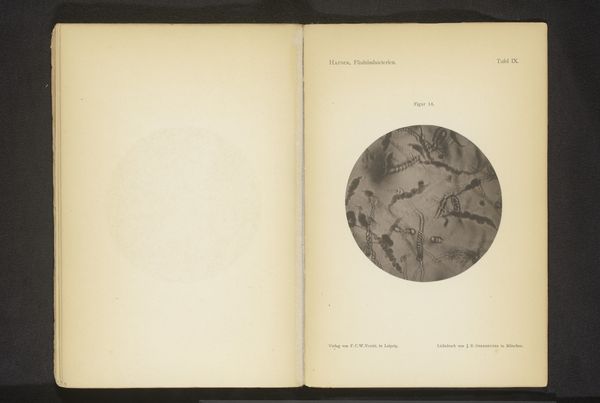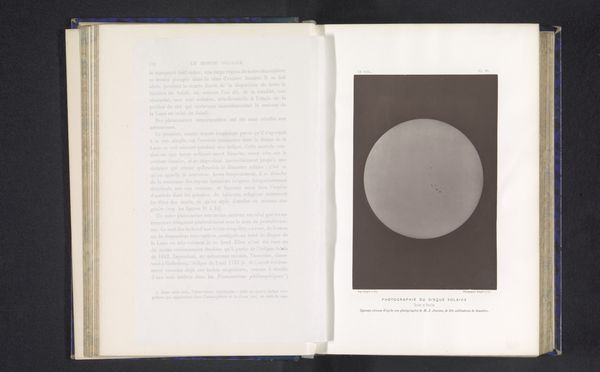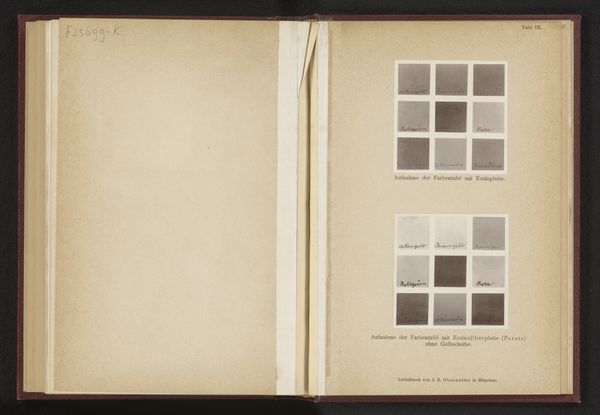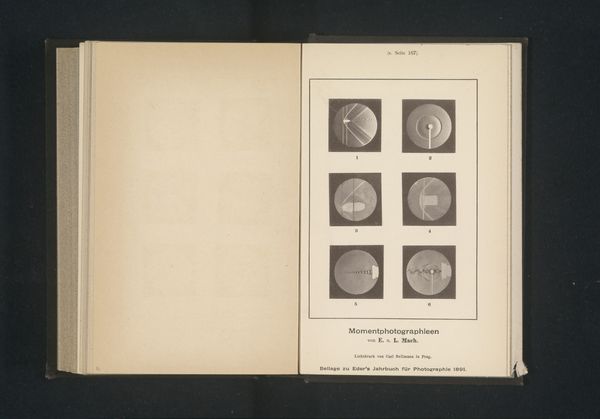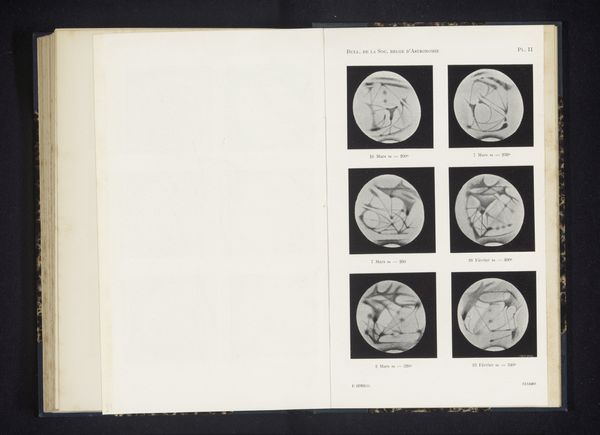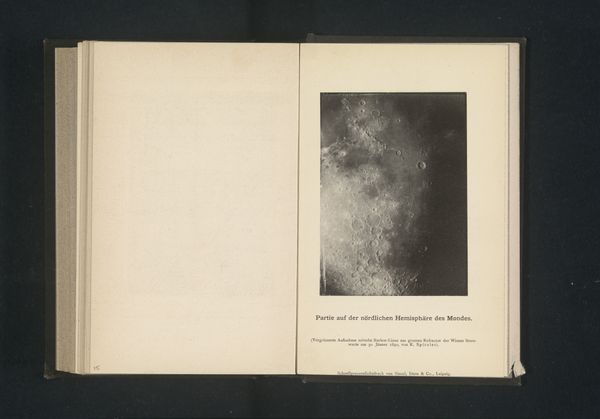
Overzicht van het verloop van de zonsondergang gezien vanaf Mount Hamilton te Californië 1893 - 1895
0:00
0:00
#
type repetition
#
sand serif
#
paperlike
#
typeface
#
printed format
#
thick font
#
publication mockup
#
thin font
#
publication design
#
small font
Dimensions: height 182 mm, width 82 mm
Copyright: Rijks Museum: Open Domain
Curator: We're looking at a rather fascinating plate from around 1893-95. It's titled "Overzicht van het verloop van de zonsondergang gezien vanaf Mount Hamilton te Californië," or, "Overview of the course of the sunset seen from Mount Hamilton in California," and credited to A.L. Colton. It's an image from a printed format. Editor: Wow, it’s almost hypnotic. Rows of suns setting, like a time-lapse distilled into a grid. There's something haunting about its clinical presentation, like a scientist charting the soul’s descent. Curator: Absolutely. The scientific, systematic capture is precisely the point. Consider the late 19th-century fascination with cataloging, measuring, understanding the natural world through photographic documentation. Editor: I imagine A.L. Colton painstakingly setting up their equipment each day, meticulously noting the time, framing the ephemeral spectacle of a sunset. There's a deep reverence embedded in this labor-intensive approach, even if framed by scientific detachment. Curator: Exactly. This plate isn't just about the aesthetics of the sunset; it’s about the labor, the time, the technology involved in capturing it. Notice also the printing—the thick and thin fonts reflecting a very specific moment in the history of publications. Each font plays a crucial part of delivering the work, as part of the publication design, of how to guide one's eyes. Editor: It’s interesting to ponder how this “objective” recording of a natural phenomenon might have influenced, say, early modernist landscape painting. There's a shared ambition to capture light, time, and the experience of being present in a particular place. Curator: Yes, the publication acts a mediator here. Before art becomes fully abstract, here is nature presented as reproducible, and comparable to itself and the works are themselves presented as documentation. And in some way, art also becomes science? Editor: Well, something like. I find the human element especially interesting in something like this. The tiny, handwritten times beneath each sunset – imperfections that bring an otherwise impersonal presentation to life. Curator: Precisely— the human interventions within an attempt to replicate a process mechanically. Well, food for thought there... Editor: Indeed! It does offer an invitation for some slow contemplation. Thanks for illuminating the deeper processes at play here.
Comments
No comments
Be the first to comment and join the conversation on the ultimate creative platform.
